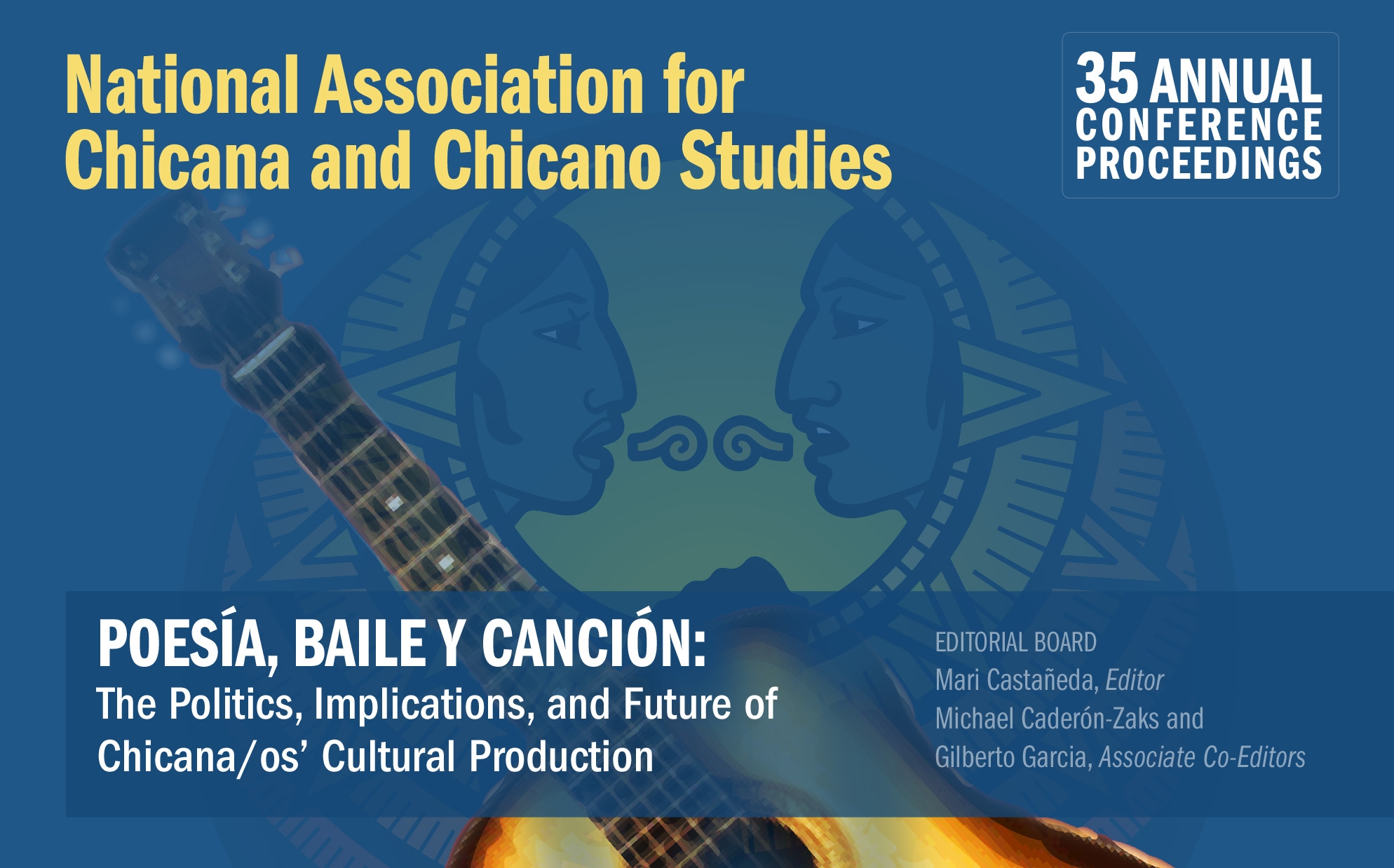Location
2008 NACCS Conference Presentation
Abstract:
This article explores the exclusion of Mexican regional music from major marketing and promotional efforts within the domestic music industry, and what that elision reveals about dominant and competing claims on “Latino” ethnic identity. Despite being the bestselling Latin music genre in the U.S., regional Mexican music receives the least development backing and attracts the fewest corporate sponsors. Unlike the suave salseros and Latin-pop divas of previous “Latin booms,” no Mexican regional artist, save for Selena, has ever been primed for mainstream “crossover” success. I argue that what is at stake in promotion of various Latin genres is the construction and reification of a desirable, market-friendly image of Latinidad in the mainstream cultural imagination, one rooted in hegemonic “tropicalist” tropes of Latinos as sensual and exotic, “hot and spicy,” sentimental and sexy. These stereotypes are reinforced by the physical location of the Latin recording and entertainment industries in Miami, where Mexican artists are handled by executives more attuned to salsa-inflected or overtly Caribbean forms of music like son, merengue, cumbia, and reggaetón—styles favored more commonly by East Coast Latinos who are primarily of Puerto Rican, Dominican, Cuban, and Colombian descent. As a result, Mexicanos and Chicanos are positioned on the lowest rungs of a pan-Latino cultural hierarchy.
Included in
Chicana/o Studies Commons, Ethnic Studies Commons, Music Commons, Race and Ethnicity Commons
Too Mex for the Masses: Bringing Mexican Regional Music to Market
2008 NACCS Conference Presentation
Abstract:
This article explores the exclusion of Mexican regional music from major marketing and promotional efforts within the domestic music industry, and what that elision reveals about dominant and competing claims on “Latino” ethnic identity. Despite being the bestselling Latin music genre in the U.S., regional Mexican music receives the least development backing and attracts the fewest corporate sponsors. Unlike the suave salseros and Latin-pop divas of previous “Latin booms,” no Mexican regional artist, save for Selena, has ever been primed for mainstream “crossover” success. I argue that what is at stake in promotion of various Latin genres is the construction and reification of a desirable, market-friendly image of Latinidad in the mainstream cultural imagination, one rooted in hegemonic “tropicalist” tropes of Latinos as sensual and exotic, “hot and spicy,” sentimental and sexy. These stereotypes are reinforced by the physical location of the Latin recording and entertainment industries in Miami, where Mexican artists are handled by executives more attuned to salsa-inflected or overtly Caribbean forms of music like son, merengue, cumbia, and reggaetón—styles favored more commonly by East Coast Latinos who are primarily of Puerto Rican, Dominican, Cuban, and Colombian descent. As a result, Mexicanos and Chicanos are positioned on the lowest rungs of a pan-Latino cultural hierarchy.

